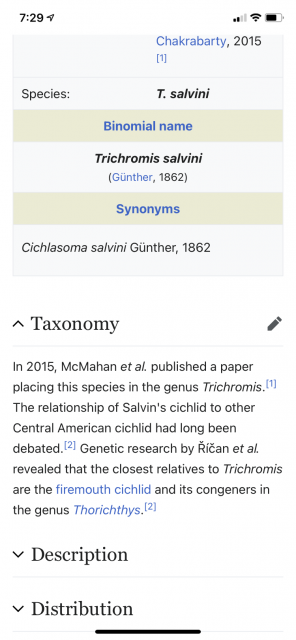Experiences seem to vary, but there was this study:
Aquarium fishes are more aggressive in reduced environments, new study finds
In the early 1970s a friend of mine had an oscar he tried growing out with a convict and a (larger) jack dempsey-- not betting my life on my memory of his tank size, but it was a 55, I believe, possibly larger but 55 sticks in my head. The oscar killed them both and anything else he tried to keep with it.
When I was keeping/breeding African cichlids, I sometimes kept an A. rivulatus green terror with them to keep order; even smaller GTs were not intimidated and none of my haps, peacocks, or even mbuna messed with them. First time I did this was with a 2.5-3 inch green terror and I forget which mbuna species immediately went and flared at him. The GT did a
right back at you display and that was that. I had some
wild A. rivulatus at one point, they wanted to fight everything all the time. I tried putting them in different tanks but even at three inches they were too aggressive for my African cichlds.
Here's what Wayne Leibel had to say about the early, wild A. rivulatus in the hobby. Don't get confused, the quotes below are about rivulatus, not stalsbergi-- stalsbergi is from Peru, not Ecuador:
...after mentioning the rarity and high price of these orange/red rivulatus, he says:
https://www.tfhdigital.com/tfh/201005/?pg=35#pg35



